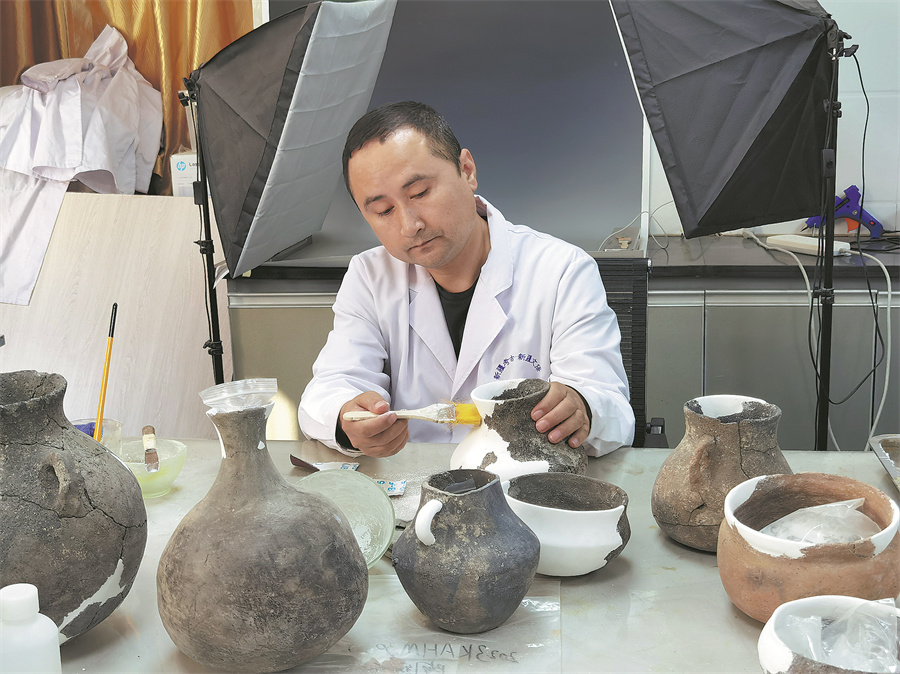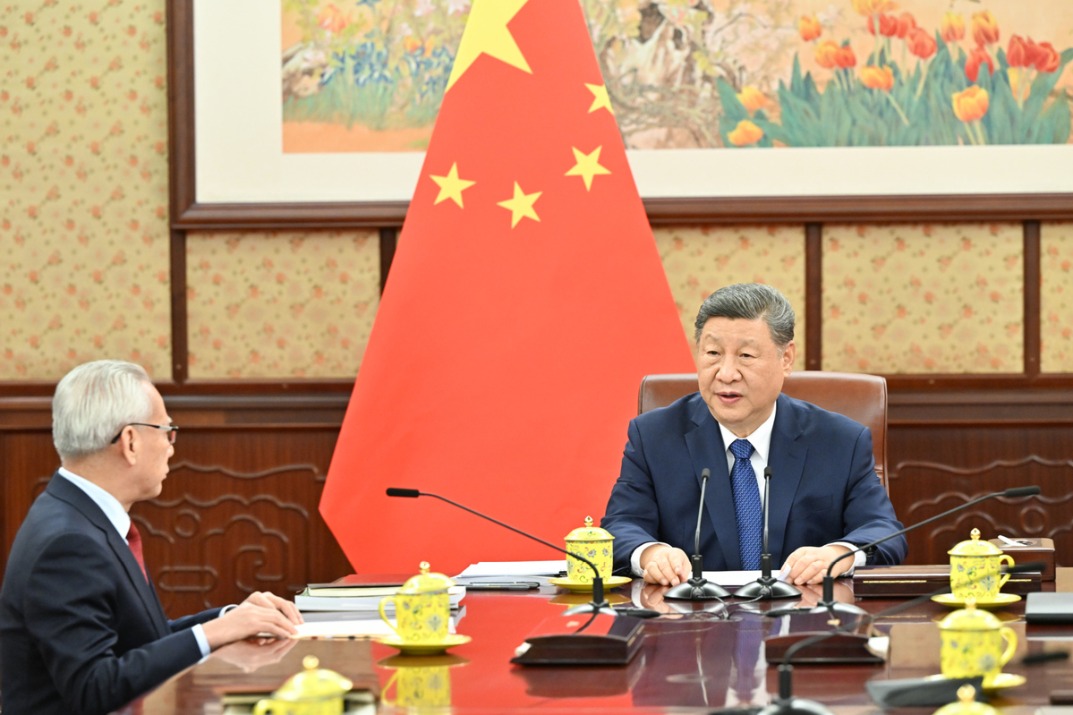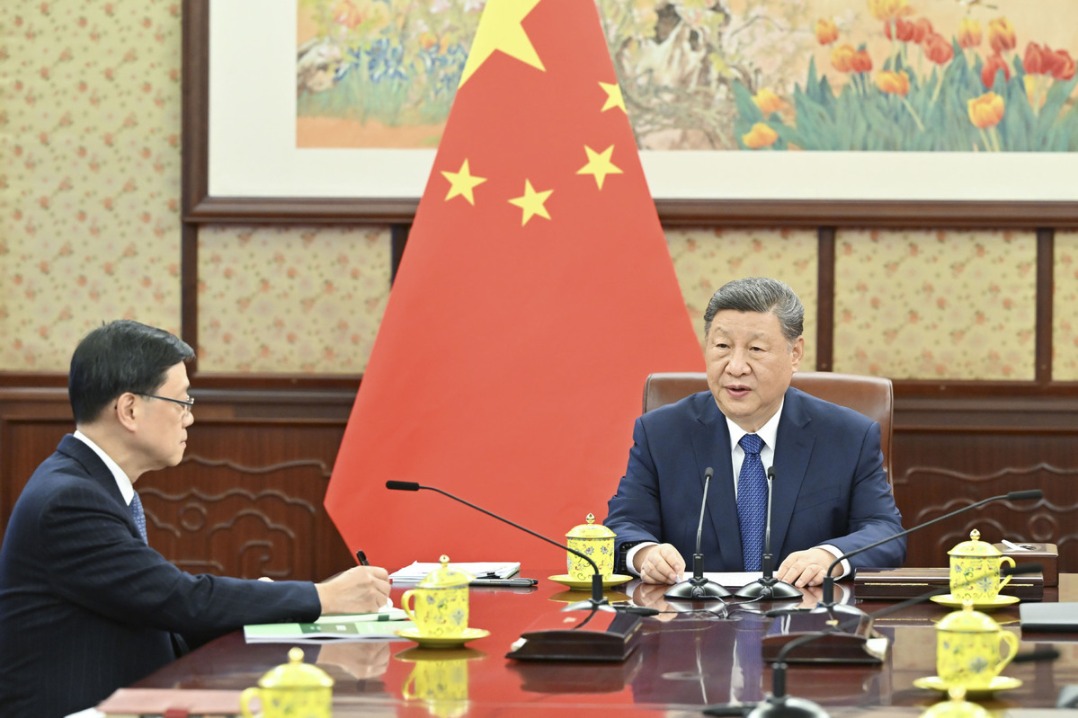Ancient heritage highlights Xinjiang's key national unity role
By WANG KAIHAO in Urumqi | China Daily | Updated: 2023-11-10 08:01

Global attention
Archaeological investigations began in Xinjiang early in the 20th century, when numerous overseas explorers arrived in the region. These foreign expeditions triggered huge controversy, as many precious artifacts, documents and murals subsequently ended up overseas.
"However, studies of ancient civilizations in Xinjiang became a popular topic in academia worldwide," Dang said. "Today, overseas scholars are still eager to familiarize themselves with the new material we have discovered in recent years, and through exchanges, archaeologists can nurture more ideas."
In the 1990s, overseas archaeologists, especially those from Japan, took part in key joint excavations in Xinjiang. A renowned Han Dynasty brocade embroidered with words that translate as "the five planets appeared in the eastern sky, benefiting the central plains", was found at the Niya site in Minfeng county, Hotan prefecture.
These excavations also triggered a fad for the Silk Road among the Japanese public. The Great Silk Road World Heritage Exhibition, which is ongoing at Tokyo Fuji Art Museum, features 237 precious artifacts on loan from 27 Chinese institutions. Relics unearthed in Xinjiang are one of the main highlights of this biggest Chinese exhibition themed on the Silk Road to be staged overseas for a decade.
Dang said that despite previous discoveries, it is crucial for archaeologists from Xinjiang to explore more sites outside China in detail to gain a bigger picture of cultural communications from physical evidence.
On Sunday, Dang and his colleagues at the Xinjiang Institute of Cultural Relics and Archaeology set off on their first official visits to Kazakhstan and Uzbekistan to look for sites for joint excavations and studies in the two countries.
"By joining overseas projects and obtaining materials firsthand, we can better understand our own studies and enable our voices to be heard more widely around the globe," Dang said.
- Chinese, Mongolian militaries to hold joint exercise
- Bonded zone in Horgos attracts foreign companies
- Horgos Port channels fresh Chinese fruit to Kazakhstan
- Earthquake rattles Xinjiang; no injuries or damage
- Seventh Belt and Road Teenager Maker Camp and Teacher Workshop (China-Central Asian Project) opens in Xinjiang
























